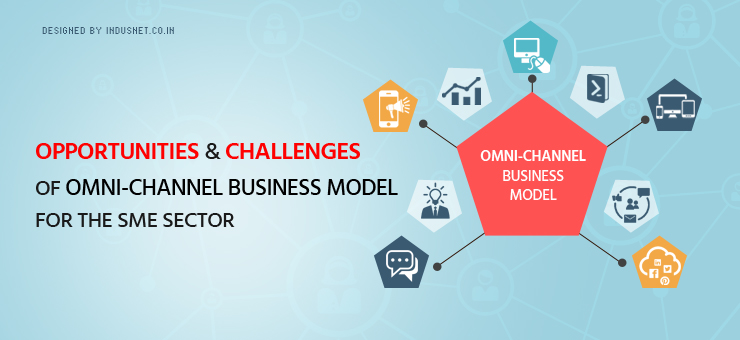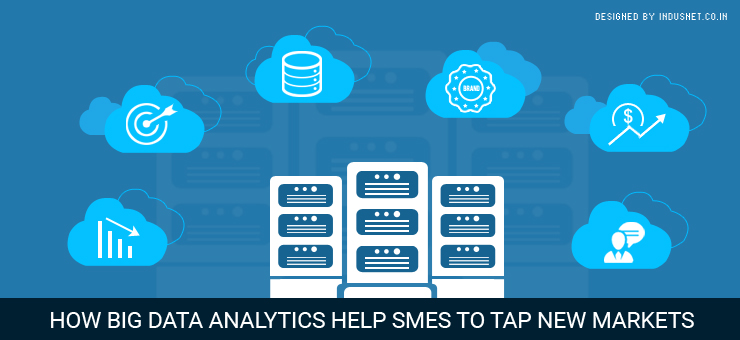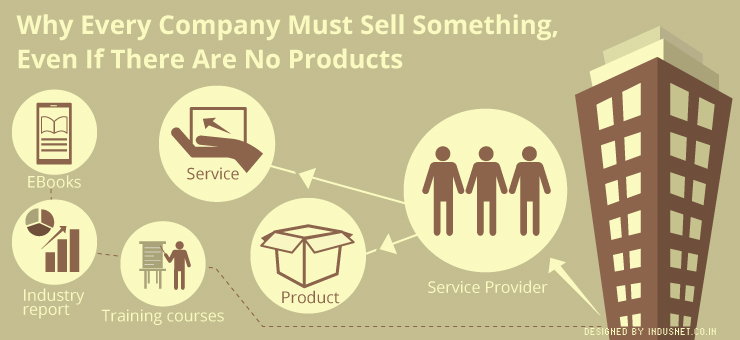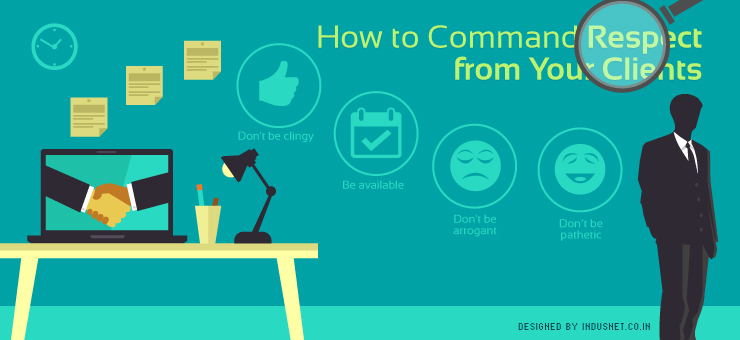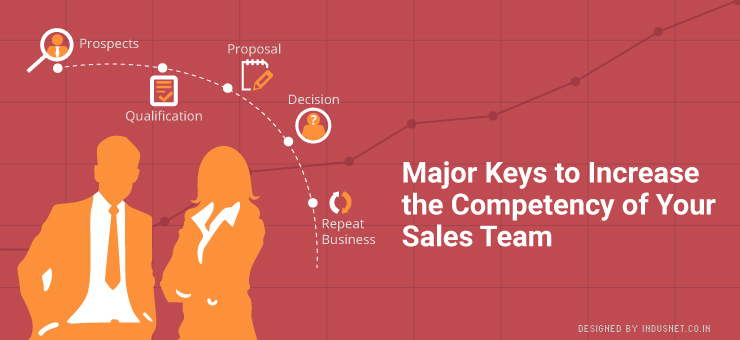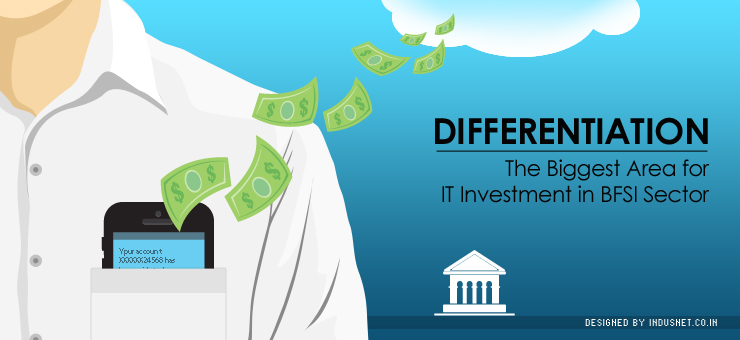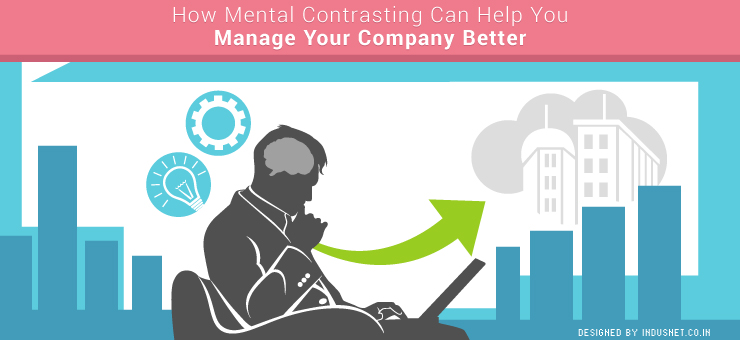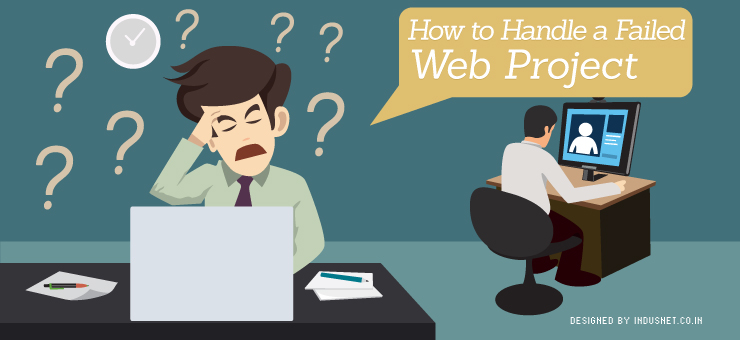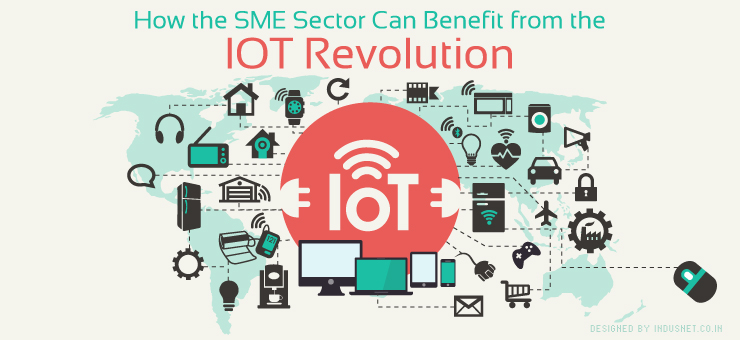
How the SME Sector Can Benefit from the IOT Revolution
Billions of devices are expected to connect to the Internet in the next few years. These connected devices are part of what is known as the Internet of Things (IoT). It is not only going to change the way we live but also the way we look at our own lives. The cellphone may become an antique, just like the typewriter did, some experts believe, thanks to the Internet of Things. Instead, people may use various surfaces and devices with sensors to access the Internet. What is the buzz Internet of Things all about? With this kind of a fundamental change to the way we work, play and live, Internet of Things is not just another buzzword. It is a new reality which we must be prepared for and also plunges well in advance. Consulting firm Gartner predicts that more than 21 billion devices will be connected to the Internet by 2020. With increasing the availability of broadband and lower costs of accessing it, Internet of Things could reach even the poorest and most isolated societies of the world. Moreover, sensors are easily built into devices these days, making things easy for manufacturers and companies to connect devices and objects to the Internet. How is Internet of Things going to change people’s lives? The Internet of Things is a concept that involves an object’s ability to connect to the Internet, as long as it has an on and off switch. It could be something as simple as a bread toaster to something as complex as a ship. This could mean, the refrigerator can send you a text message if the ice cream is ready or if the milk is getting spoiled. Your computer service guy could warn you when your hard disk is about to crash. Your clothes could tell you if you are about to get a skin allergy. Your glasses could monitor infections in your eye. Your car could warn you if someone you don’t want to meet is also on their way downtown when you decide to go out in the town on a weekend. The possibilities are really endless. The Internet of Things is likely to change everything that we ever knew. It is almost going to be like how we were not prepared for the Internet and it took us by surprise. Even as we are talking about the Internet of Things, it is already happening. Companies will be able to make use of this in a number of ways. Internet of Things could make products more productive, long lasting and companies more profitable. These sensors could give them valuable behavioral insights and enhance customer support. Companies can also use the Internet of Things to ensure that customers will keep coming back, even after many years. The possibilities are endless for both the consumer and the manufacturer. SMEs stand to gain a lot from the IoT revolution Even the smallest of companies can make use of the Internet of Things and there really is no denying this fact. With the advent of wearable devices, there will be a new layer of connectivity with consumers. With the Internet of Things and omni-channel business models, the chasm between consumers and companies will no longer exist. It will all be a seamless and integrated process where both the business and its customers will learn about each other, making the world a more efficient and easier place to live in. With all these factors in mind, it is important to understand how the SME sector will benefit from the IOT revolution. How can the Internet of Things help small and medium enterprises? What we really need to remember is that the Internet of Things is not just for the larger businesses. Smaller businesses can benefit from IoT in a number of ways which we will discuss later on. The IoT is expected to help you in your product design and marketing strategies, based on consumer behavior. Whether you have a small or a complex product, maintenance of the same should become really easy, and with this, your reputation will build. Thus, your product sales should enhance as well. Most importantly, Internet of Things will help smaller companies to offer better devices that are engineered in a more advanced manner. Stores can use sensors to improve their logistics as well while also monitoring how products are handled and what their conditions are. If this is connected to the ERP, E-commerce stores can benefit from the Internet of Things too. Another interesting way a small business can benefit from the Internet of Things is by changing the manufacturing process altogether. Internet of things can help you go green and meet regulation requirements In fact, people have already realized that sensors can ensure that there will be lesser greenhouse gasses released or that less energy is consumed. Sensors can communicate when energy is consumed more than what is recommended. This brings us to the subject of regulations. There is nothing better than sensors which will inform small and medium manufacturers if their products are working as suggested by regulators. Meeting regulations and guidelines is just the tip of the iceberg when it comes to the Internet of Things. Internet of Things can help small companies with their fleet maintenance and transportation too. While this is the same as the benefit arising from logistics, IoT will help smaller businesses to understand how their products are being delivered and which target demographics is using the products more. It also has wider ramifications in the fields of medicine and agriculture. With wearable devices on the rise, smaller companies can fix sensors that can provide intelligent data about health and wellness. Even an everyday wearable item such as a pair of socks can provide information about body heat and warn the user if he or she is going to fall sick. Without a doubt, IoT will have to go hand in hand with Enterprise Resource Planning (ERP), Customer Relationship Management (CRM), and HRMS. One can say, the
